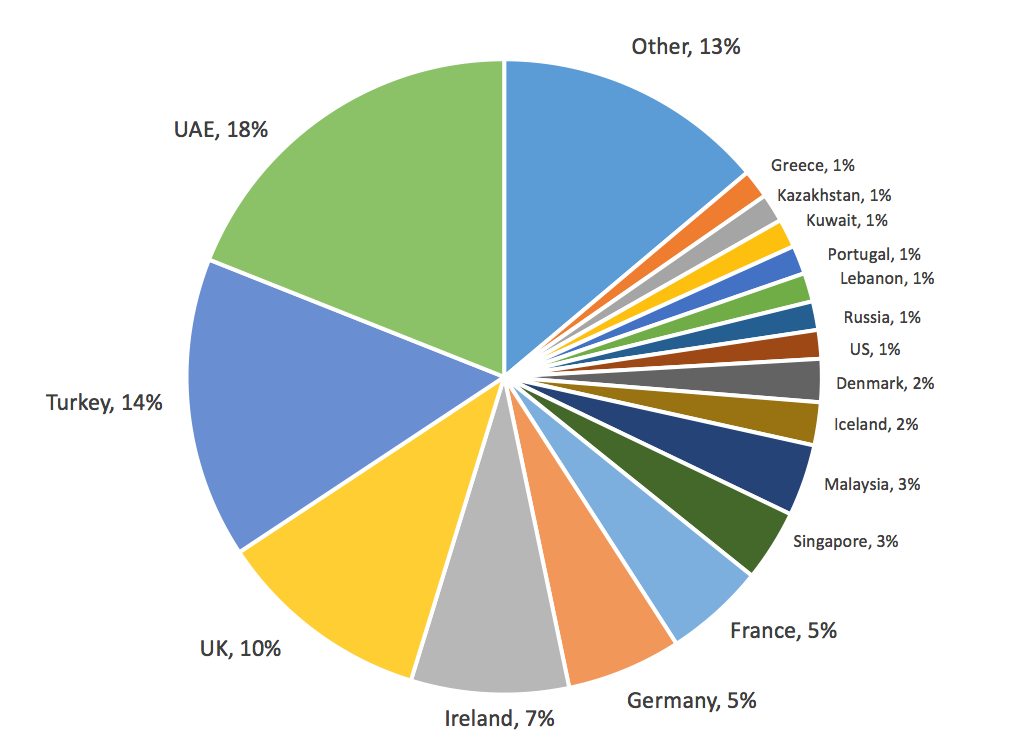“This delivers on the Government’s commitment to create a resilient financial system and to facilitate participation of Australian entities in international derivative markets and to better protect retail investors,” Minister O’Dwyer said.
“Following recent failures in retail brokerages, this reform of the client money regime will enhance the protections for retail clients. It will also ensure efficiencies in wholesale derivatives markets.
“Changes will facilitate Australian financial institutions participating in key capital markets and complying with international requirements to trade efficiently and effectively and remain globally competitive.
“The draft legislation sets out measures to allow Australian entities participating in international derivatives markets to enforce rights in respect of margin provided under certain derivatives transactions. These reforms should complement any margin requirements published by the Australian Prudential Regulation Authority.
“It also clarifies domestic legislation to support globally coordinated policy efforts and provide certainty on the operation of Australian law in relation to the exercise of rights under derivatives arrangements.
“These reforms seek to enhance financial system stability by giving legal certainty to transactions effected through certain approved financial market infrastructures.
“The draft regulations will enable trustees of superannuation entities and life companies to grant security in the manner required to access certain international capital markets and liquidity.
“The Government will release draft provisions in respect of client money to give effect to the position set out in the Government’s policy paper in January,” Minister O’Dwyer said.
The Exposure Bill, Exposure Regulations and Policy Paper are available at the Treasury website.
ends

 How to resolve AdBlock issue?
How to resolve AdBlock issue? 